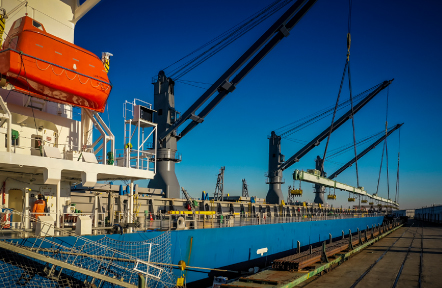The future of humanitarian assistance and security policy in chaotic places such as Syria and Iraq could rest on a single question: Does aid in conflict zones promote peace or war? It seems intuitive to assume that hunger and exposure push people to violence and that aid should, therefore, lead to peace. This idea has been the bedrock of scores of “hearts and minds” campaigns dating back to the Cold War, which have invested billions of dollars on the principle that assistance can buy compliance and, eventually, peace.
Yet recent evidence indicates that sending aid into conflict-affected regions can actually worsen violence in some cases. Over the past decade, our research collective, the Empirical Studies of Conflict Project (ESOC), has conducted a suite of studies in conflict zones to test this relationship. Among other countries, we studied the Philippines, a state riven by a variety of long-term conflicts in areas with limited governmental control. Our findings provide several lessons on how infusions of aid work in poorly governed spaces.
On the broadest level, we found that the type of the aid program matters greatly. Certain kinds of assistance—targeted, low-profile, conditional transfers delivered directly to needy families—appear to decrease conflict. By contrast, large and more high-profile projects, such as initiatives to improve infrastructure, may empower insurgents and exacerbate hostilities. These findings, we hope, can help inform an improved approach to aid that would both relieve suffering and help promote long-term stability.
AID TO THE RESCUE?
Recent research has st...












